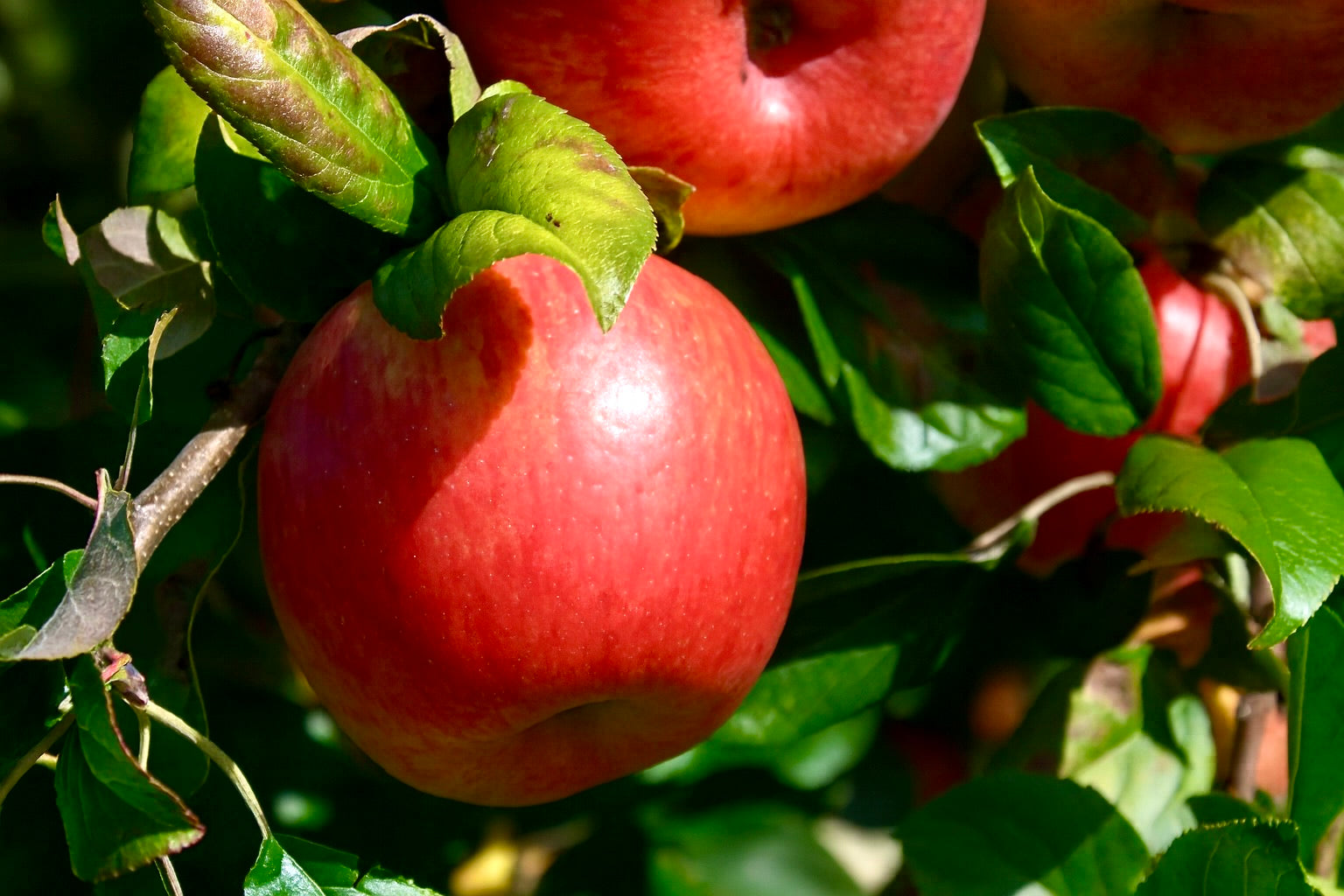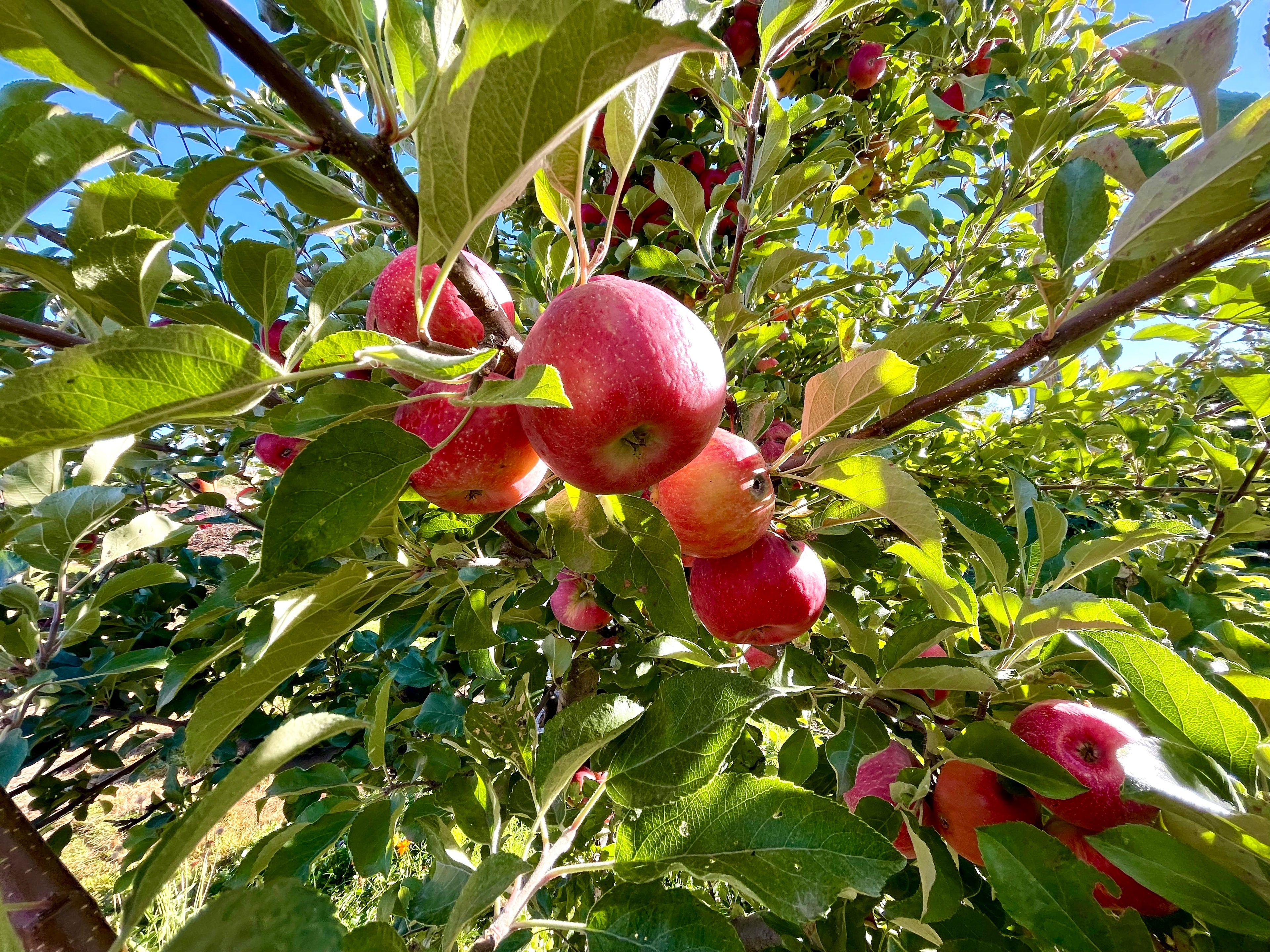

Honeycrisp Apple
Reliable shipping
Flexible returns
Honeycrisp has become one of the best-selling apples in the U.S. Since its creation by University of Minnesota breeders, Honeycrisp has been lauded for its winter hardiness and its ability to produce large, high-quality fruit. It quickly gained popularity, particularly in temperate regions like Washington and Oregon. This is something cold-climate growers often envy, as those in warmer climates can grow a variety of apples that are difficult to grow in colder regions.
The Honeycrisp apple is known for its aromatic sweetness, with a honey-like flavor and a juicy, crisp texture that has made it a consumer favorite.
Cold Hardiness – A Relative Concept
Updated 2024: While Honeycrisp is often considered cold-hardy, its hardiness is relative. It may be well-suited to regions like New York or parts of the Midwest, but in places like Montana, where temperatures can drop below -45°F, Honeycrisp does not perform well. This has been our observation in the field.
For example, on Robert Narotsky’s farm in Bozeman, Honeycrisp suffered serious frost damage to the trunk after exposure to -50°F. Similarly, on Ed Schultz’s farm in Gallatin Gateway, MT, the apple saw -47°F, resulting in serious limb damage. If your region experiences temperatures below -45°F, we do not recommend planting Honeycrisp.
Rootstock and Availability for 2026
For 2026, we offer Honeycrisp trees on different rootstocks based on your location and climate:
- B9 Rootstock: A very dwarfing option, also suited for regions with extreme cold and temperatures below -40°F.
-
M7 Semi-Dwarf Rootstock: Suitable for areas west of the Divide or regions that do not experience temperatures below -40°F.
- M26 Semi-Dwarf: Hardy to -40F, there are 40+ year old trees in the Bitterroot. The mature trees we have seen on M26 produce a tree about 60% the size of a standard seedling apple tree and some can even get up to 20 ft. tall.
-
Dolgo Rootstock: Ideal for areas where winters dip below -40°F, offering better cold hardiness.
- Spy 227: Full size, hardy to at least -50F or more
- Bud 118: Semi-Dwarf (even though the books say semi-standard). Apparently Bud 118 hasn't read the books, though. Hardy to -50F or more.
